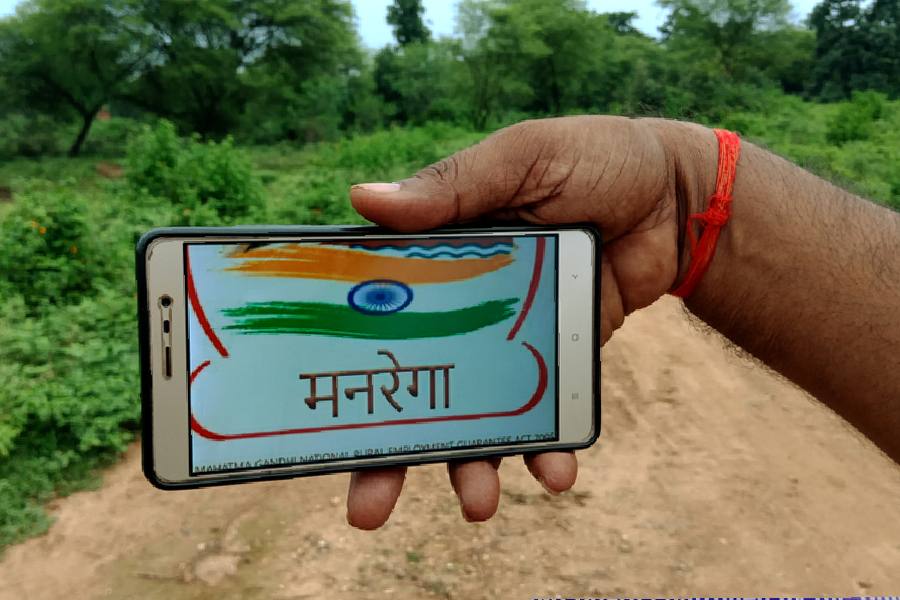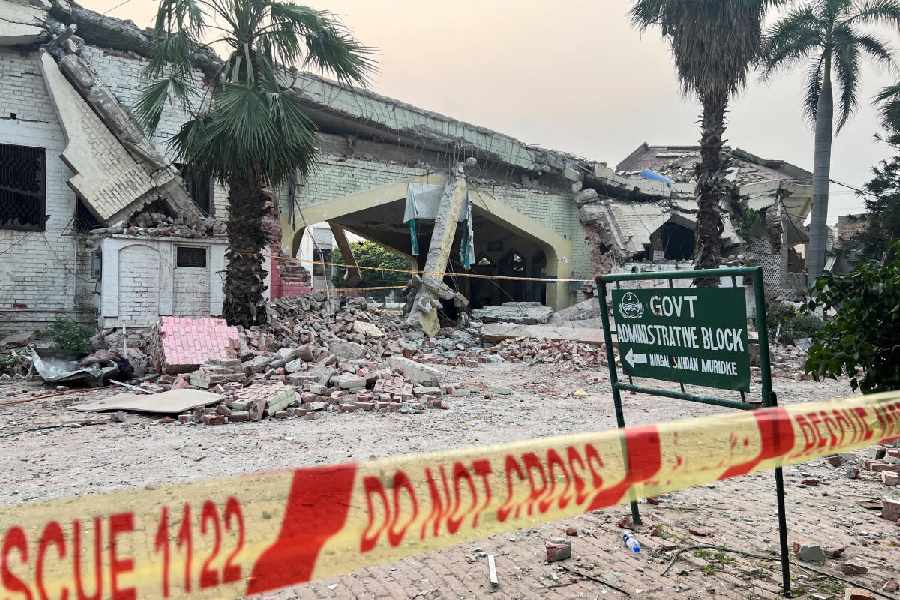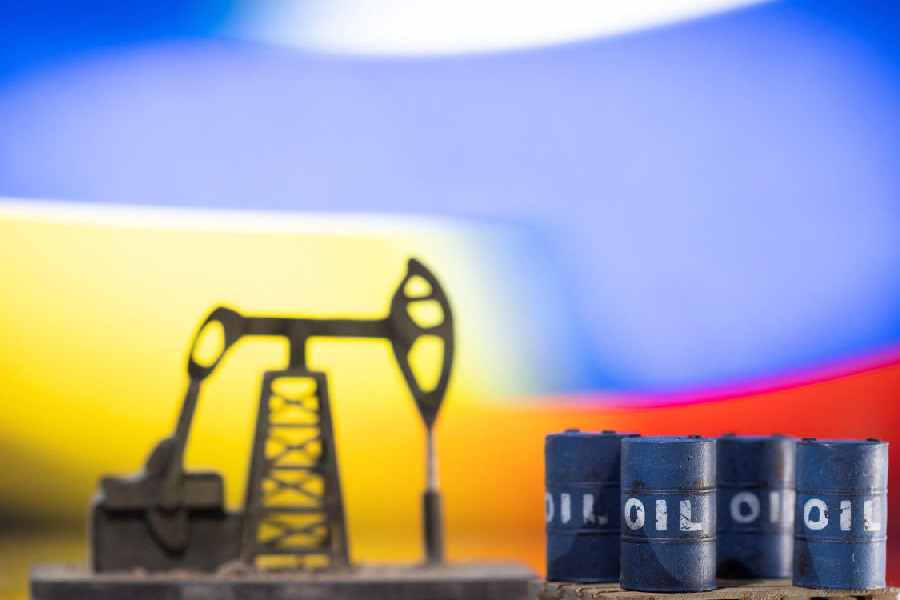New Delhi, Aug. 17: A global campaign against the Centre’s plans to construct mega hydel power projects in the Northeast is being activated, weeks after a team deputed by a US-based non-governmental organisation found loopholes in two such schemes in Arunachal Pradesh.
The International Rivers Network (IRN), which monitors construction of dams across the world, is of the view that the proposed schemes in the region would have a severe impact on the environment as well as the interests of local communities.
The decision to launch a movement against such projects in the Northeast has come in the wake of a survey conducted by an IRN delegation that visited the sites where the proposed Lower Subansiri and Middle Siang hydel schemes are scheduled to come up in the hill state.
“The feedback we received shows that the opinions of the local people were not taken into account when the projects were prepared. What is even more discouraging is the possibility that the World Bank would fund the Middle Siang scheme,” said IRN member Ann Catherine Schneider, who recently met local residents at the two sites.
A report would soon be compiled and submitted on the implications of the projects in the Northeast.
She said the member countries of the World Bank, including the US and Germany, would soon be informed about the funding agency’s willingness to finance projects without assessing their overall impact.
“Global organisations, like the Friends of the Earth and the Bank Information Centre, would also be asked to step up the campaign,” she added.
Delhi has chalked out ambitious plans to construct as many as 168 dams in the Northeast that will generate 38,000 MW of electricity.
But local activists, in Tipaimukh, Lower Subansiri and other sites, allege that the entire process lacks transparency and that decisions are being taken without any consideration for the future of local inhabitants.
Assam forest minister Pradyut Bordoloi expressed similar concerns at a conference organised by the Union environment and forest ministry in New Delhi recently. A movement at the international level could well compel executing agencies like Neepco and NHPC to devote greater attention to the local perspective, he argued.
Parts of the Northeast are included in the Eastern Himalayas, one of the biodiversity hotspots in the world. Besides, the entire zone is prone to earthquakes.
IRN is critical of the World Bank as it has never paid heed to recommendations by the World Commission on Dams (WCD), which has found that such projects frequently have a deleterious social and environmental track record and that dams have often not achieved their stated goals.
The report stated that there are many alternatives for generating power, supplying water and managing floods that could benefit the rural poor, much more than large dams.
“We are not opposed to all large dam projects. But like many of our partner groups, including those in India, we do expect that water and power projects should, as a minimum, comply with the recommendations set out in the WCD report,” said IRN policy director Peter Bosshard in an e-mail message.
He pointed out that the World Bank had endorsed the WCD report but has not adopted the recommendations as a “binding policy.” Bosshard added that a programme would soon be unveiled that would involve analyses of policies of the government and financial institutions, research, field visits and invitations to local activists at international fora to highlight their views.
IRN’s viewpoint was echoed by Arunachal Pradesh (West) Lok Sabha MP Khiren Rijiju. “We favour hydel projects in our state but the affected populace should be adequately rehabilitated. Also, the height of such dams should be decided only after careful consideration,” he said.










